Pipeline
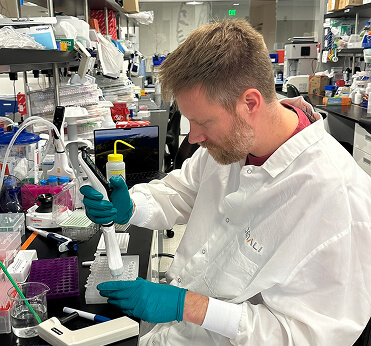
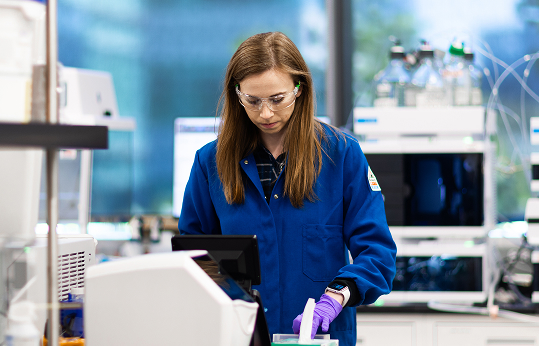
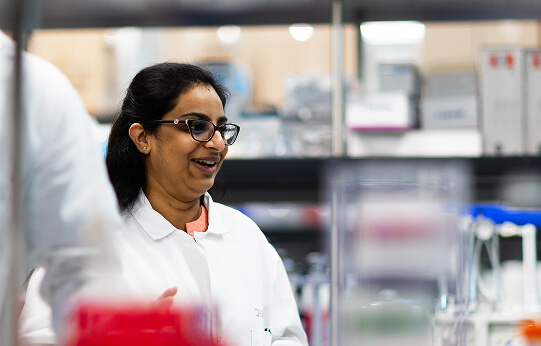
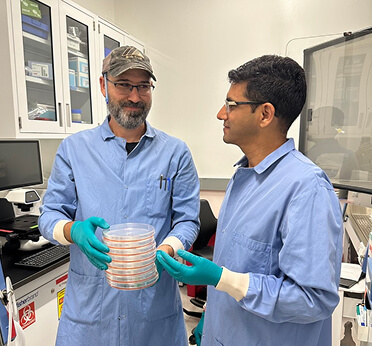
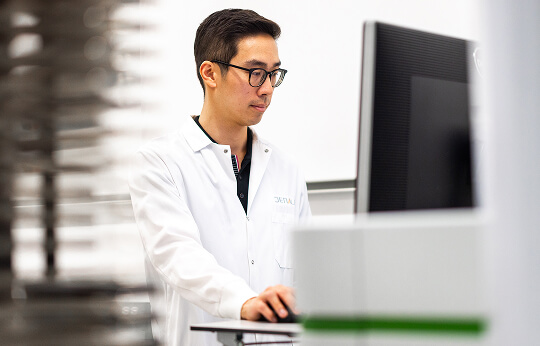
Partnerships &
Collaborations
Collaborations are core to Denali’s strategy to develop and commercialize our portfolio. We partner with leading biopharmaceutical companies, academic institutions, foundations and enabling technology companies to advance treatments for neurodegenerative, lysosomal storage disorders and other serious diseases.